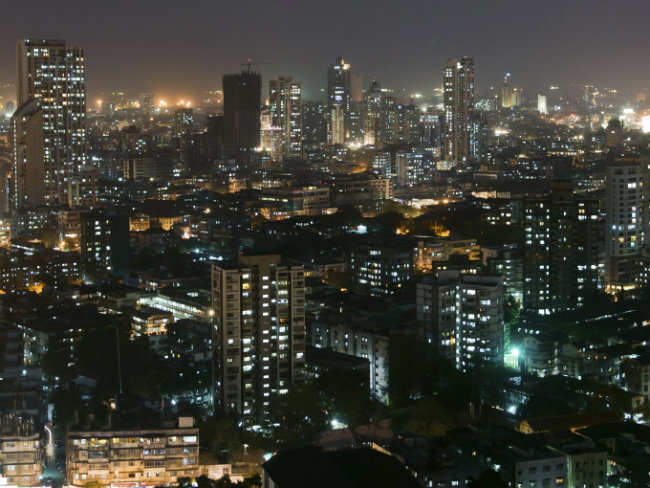Mumbai: Higher, higher and still higher. That’s where Mumbai’s skyline seems to be heading if the financial capital’s civic body’s proposal to significantly increase floor space index or FSI for city’s Development Plan 2014-2034 is accepted. FSI is the ratio of a building’s total area to the measurement of land on which it’s constructed.
The Brihanmumbai Municipal Corporation or BMC has proposed that existing FSI which is between 1 and 1.33 and in place for the past 20 years, can go up to as high as 8. If a building had 4 floors it could now technically have 32. That will depend on the zone in which the development project is taking place. Earlier, the FSI was largely a standard formula. Now, for the first time a variable character has been accorded to it and the FSI will be determined by how close it is to a transportation hub like a railway or a metro station.
Under the new scheme, 58.1% of the city falls under FSI 3.5 and 31.9% area can avail FSI 5. Larger FSI of 6.5 and 8 will only be awarded to about 5% of those zones which are close to employment hubs.
“We looked at lessons we have learnt from the past. Earlier we believed that by keeping the FSI under control we would be able to control the population. But that did not happen,” Sitaram Kunte, BMC commissioner told media.
The demand to increase FSI has been a longstanding one spearheaded by the builders lobby which welcomed the move reiterating that it was essential as the city was starved for space. Mr Kunte argues that another reason for the new proposal was that more supply will lower real estate prices.
“Commercial rates at one point went through the roof and it was compared to rates in New York. This was not a happy situation. It was a failed premise and concept. So we decided to jettison it and go for a fresh approach,” Mr Kunte said.
On Wednesday, corporators will be given the proposal and following public hearings it will be passed by April, sources said. However, urban planners have raised concern whether the city has the infrastructure like sewage systems, roads, and transport services to take the additional load.
Incidentally, Shanghai and New York – two cities of skyscrapers – both have an FSI of 13 and 15 respectively.

